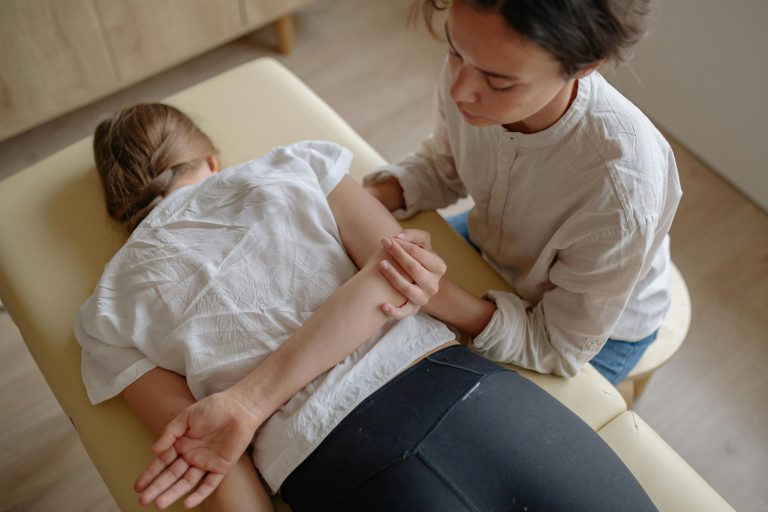Back pain has a variety of causes that are difficult to identify and often harder to diagnose and treat. That is because the spine is a complex part of the body where the vertebrae support large muscles, spinal nerves, facet joints, and intervertebral discs. They can be strained, pinched, or worn down and cause other back problems.
The results of a recent study by Singapore General Hospital into work-related musculoskeletal disorders showed that 73.4 percent of the 324 respondents suffered musculoskeletal pain. The most common complaint, at 46 percent, was neck pain, followed by 42 percent for the lumbar spine (lower back).
Feel the Pain
Describing the pain, its location, and any other symptoms help doctors to determine the cause of back problems when deciding on physiotherapy or another treatment. The types of pain can be divided into three types.
Axial pain or mechanical pain occurs in one area of the back and is usually related to muscle strain, although worn facet joints and spinal disc tears also cause this problem. The intensity and duration of the pain can vary.
Referred pain is dull, varies in its level, and often cannot be pinpointed since it is caused by injury to another part of the body. Therefore, the back pain could be related to your pancreas, hip joint, or upper thigh muscle strain.
Radicular pain relates to compression or inflammation of a spinal nerve root. The pain is acute and severe and is projected out of the spinal canal to other parts of the body. For example, radicular pain in the lumbar spine extends into the leg. Other terms used for this type of pain include sciatica and radiculopathy.
Don’t Slip Out
Radiculopathy pain also involves some numbness and weakness in the location of the pain. One common cause is a herniated disc, also referred to as a protruded, bulged, extruded, prolapsed or slipped disc.
The intervertebral disc is found between the vertebrae bones and provides a cushion of tissue that absorbs impact and pressure, and allows movement of the spine. The disc consists of the annulus fibrosis, which is an elastic outer shell, and the nucleus pulposis, a jelly substance that surrounds the disc core.
With a slipped disc, the amount of pressure on the outer shell causes it to weaken and lets the jelly substance of the nucleuspulposis leak out. When the substance contacts other body parts, such as the spinal nerves, it causes referred pain and numbness or pins-and-needles. A prolapsed disc can also result in sciatica. The sciatic nerve, the largest nerve in the body, starts from five nerve roots located in the lower spine and extends to the foot.
 Look after yourself
Look after yourself
Although changes in discs occur as we become older, certain lifestyle habits increase the risk of a slipped disc, including lifting heavy weights, poor posture, smoking, obesity, and a lack of exercise.
A slipped disc will heal over time, with increased activity and treatment providing gradual relief. Help with pain reduction and management include massage or manual therapy, heat treatment, over-the-counter anti-inflammatory drugs, and pain relievers, as well as developing an exercise regime to improve flexibility, strength, and fitness.
Don’t let a back problem limit your ability to work, rest, and play. Be proactive and reduce your risks by adopting a healthier lifestyle. Be prepared to identify the symptoms and figure out how to minimize the pain during recovery.






